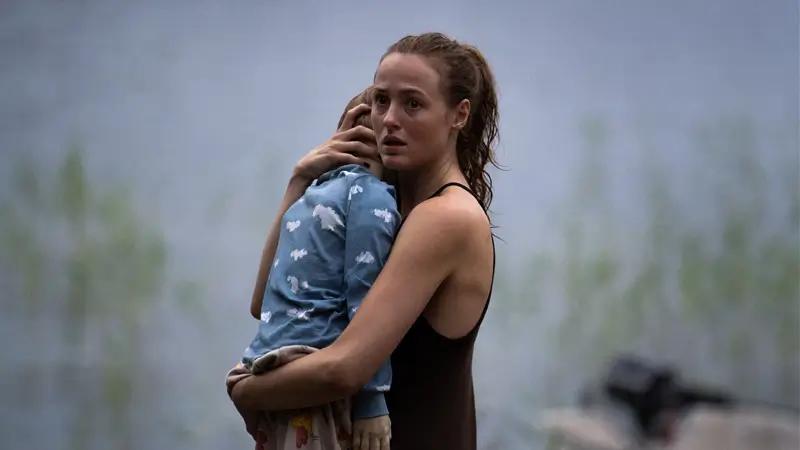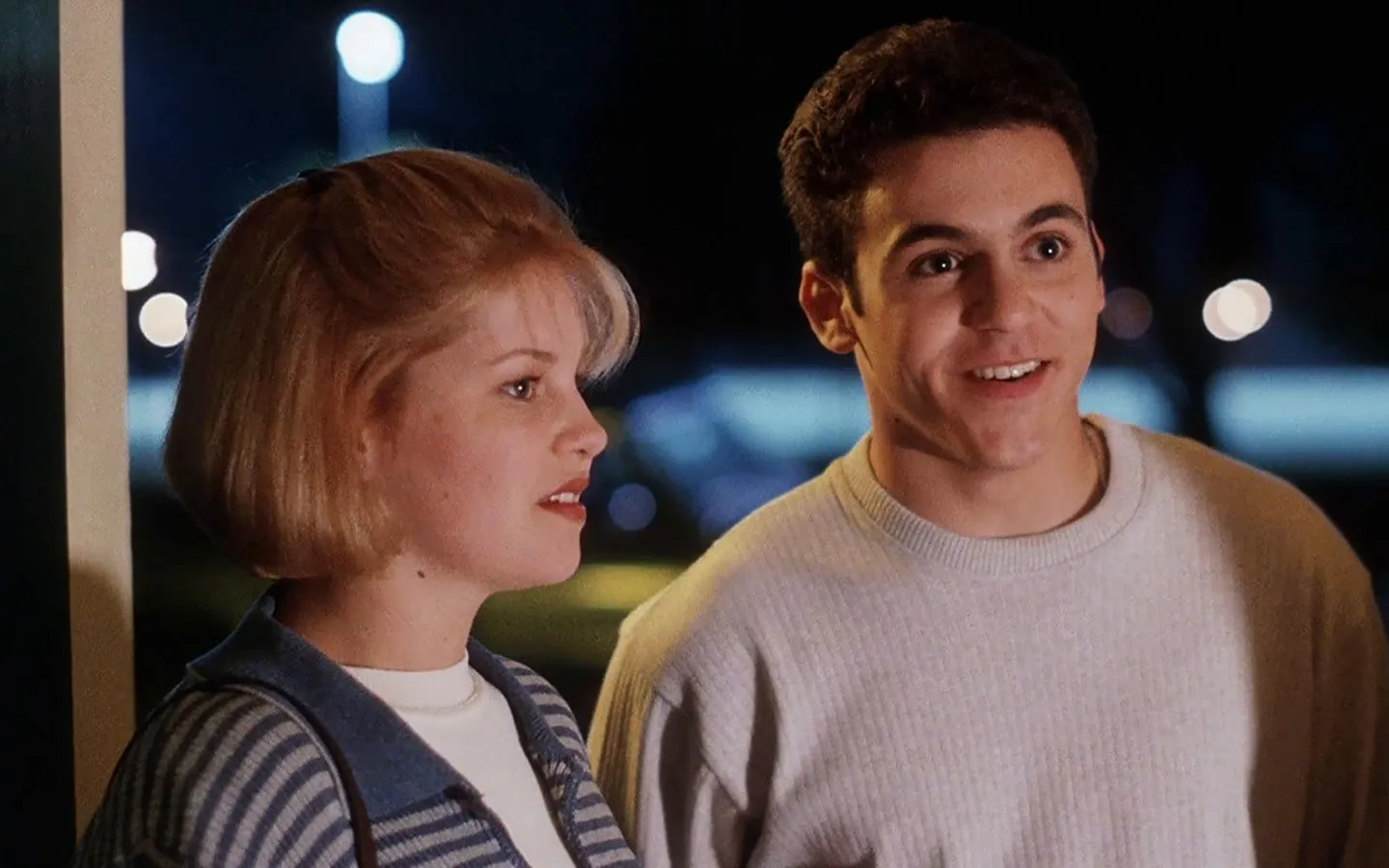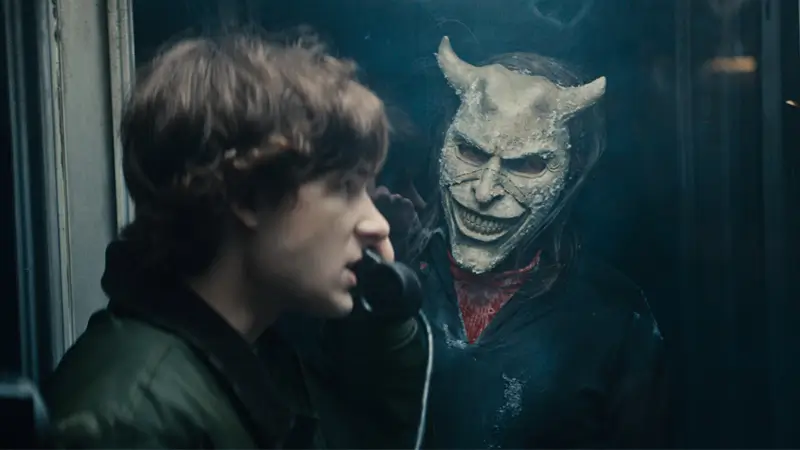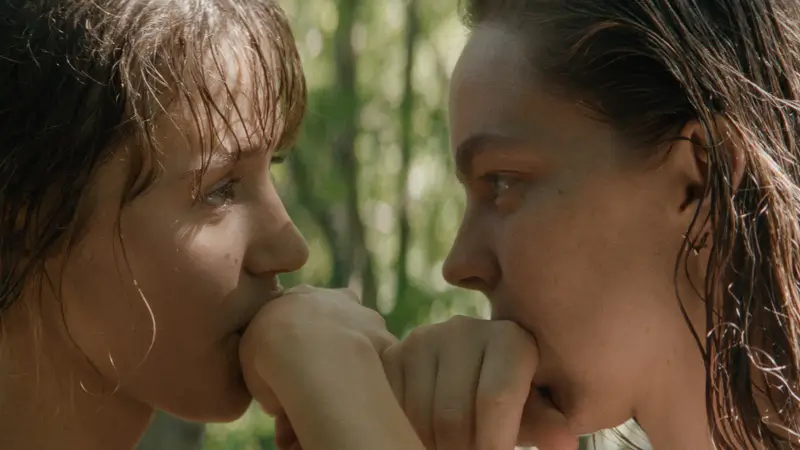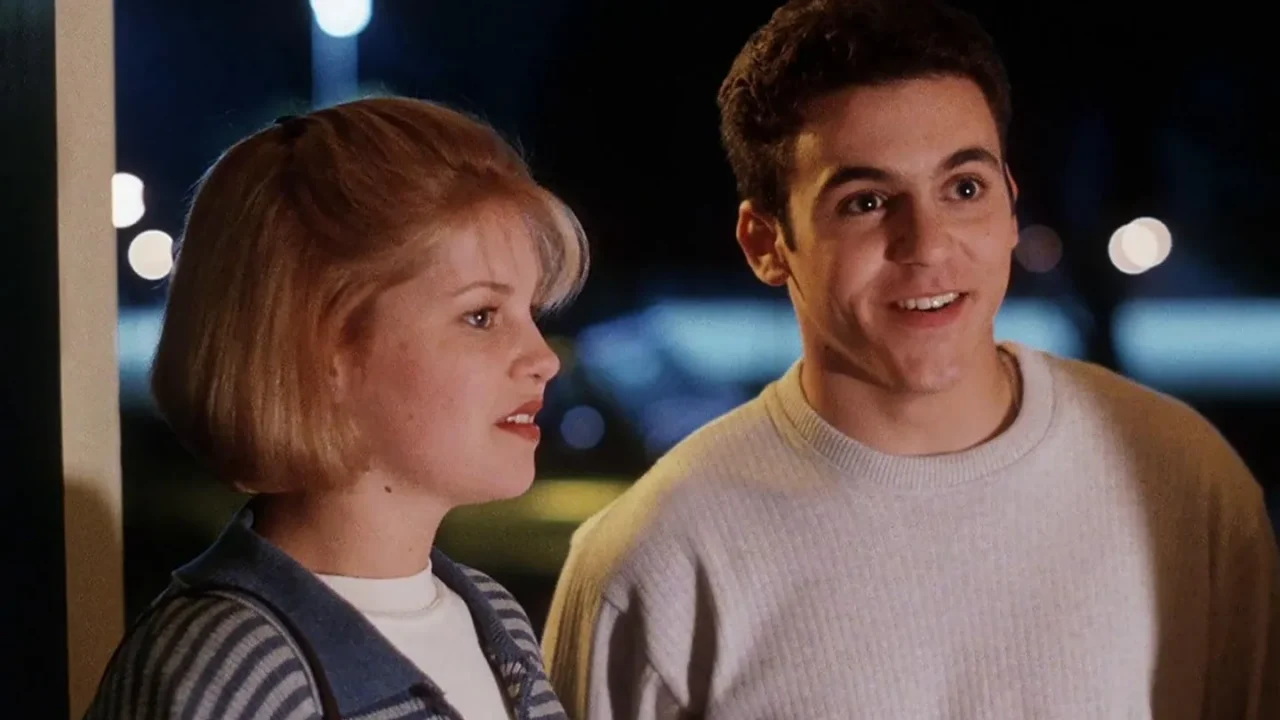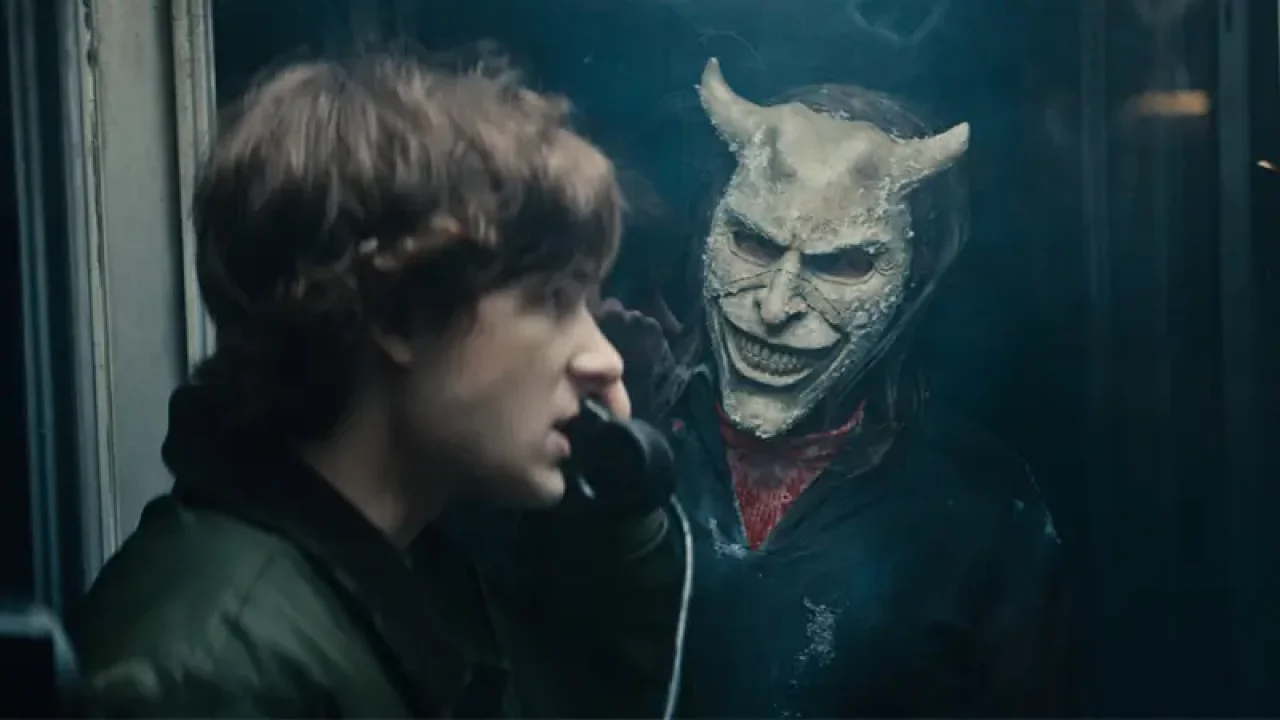In her fundamental essay Regarding the Pain of Others (Regarding the Pain of Others, United States, 2003), regarding documents like war photography, Susan Sontag questions to what extent the representation of others’ violence and suffering is valid—and for what purposes. A highly relevant question when watching The Voice of Hind Rajab (Tunisia and France, 2025), a docudrama by director Kaouther Ben Hania that received the Grand Jury Prize at the Venice Film Festival, and which is part of the official selection of the Festival do Rio in 2025.
It’s a production that, given its nature, raises ethical questions about the use of its material and its purpose, the representation it makes of a real circumstance, and the unavoidable urgency of it.
What’s The Voice of Hind Rajab about: Is it a true story?
The Voice of Hind Rajab is a film that mixes documentary elements with drama to recreate the events of January 29, 2024, in the Gaza Strip. During the invasion of Israeli Defense Forces (IDF) into Gaza City, a five-year-old Palestinian girl, Hind Rajab, tried to evacuate with her family. During an Israeli attack, her uncles and three cousins she was traveling with were killed. The only other survivor, her teenage cousin Layan Hamadeh, managed to contact the Palestinian Red Crescent to request assistance before being murdered.
Volunteers from the Palestinian Red Crescent received the phone call alerting that the five-year-old girl was trapped in a car under attack by IDF forces. The film unfolds entirely from the volunteers’ perspective, who tried to overcome the bureaucracy of humanitarian aid systems to get an ambulance through. The situation is dramatized by professional actors, but using the real phone records of the call to include Hind Rajab’s actual distress calls in the film, as well as some of her photos.
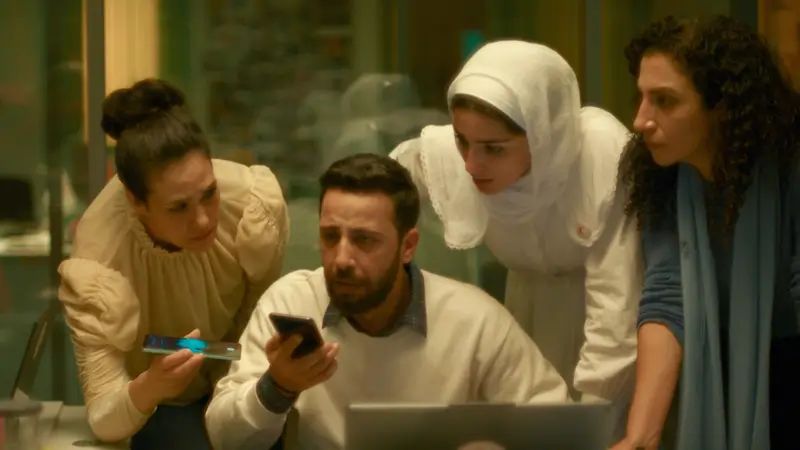
How (and why) The Voice of Hind Rajab blurs the boundary between representation and reality
It’s not a spoiler—and honestly, it would be insultingly trivial to treat it as such—to say how this story ended. Hind Rajab was killed by an Israeli attack, as were the two volunteers who were coming to her aid in an ambulance. It’s a situation that was in news broadcasts and newspapers, causing worldwide outrage.
What, then, is the purpose of making a film like this, especially when bringing to the forefront auditory material—the phone recordings—of such a recent victim, walking the thinnest line between documentary testimony and sensationalist exploitation?
We should start from two points. The first: Tunisian filmmaker Kaouther Ben Hania’s skill in blurring the barrier between reality and its cinematic representation, considering that not even documentary is a total and objective representation of said reality, but also has emotional, political, and ethical subjectivities.
In Four Daughters (Les Filles d’Olfa, France, Germany, Tunisia and Saudi Arabia, 2023), for example, the director tells the story of Olfa, a woman who lost her two eldest daughters when they radicalized and joined ISIS forces. Ben Hania’s approach is to bring together on stage the mother and the two remaining daughters with professional actresses in the role of the two missing ones to recreate memories, situations, and provide an approach to their stories that allows for catharsis, closeness, and humanity, without losing respect for the open wounds of her protagonists.

The case of The Voice of Hind Rajab can be considered different, since the use of the girl’s recordings dangerously borders on sensationalism. However, the second point we must consider is another argument from Sontag, who questions when or if it’s really worth exhuming the memories—auditory, in this case—of the victims of war and violence. The essayist suggests that it may be futile, since the distance of time tends to exonerate the perpetrators. But what happens when that distance is still small enough to allow the arm of justice to reach them?
Ben Hania reminds us of that immediacy, first, by narrating the event from the perspective of the Palestinian Red Crescent volunteers, whose urgency to save the girl contrasts with the film’s other major purpose: to expose the bureaucratic ineffectiveness of international humanitarian aid systems. The director places us from the beginning in the date, from which barely a year has passed.
At key moments, her camera not only records the dramatizations, but also cell phone screens with videos of the real moments, exactly as they happened in the telephone call center. The film camera directs our attention to pocket cameras, more versatile and immediate than any journalist or historian, but equally powerless to change things.

Using professional actors to recreate the facts doesn’t aim to exploit the tragedy in the name of dramatic indulgence, but rather frames and exalts it. Sontag ultimately argues that documents of cruelty have little power to change things, but an optimistic view must remind us that there is power. Little, but it exists.
The act of rescuing the little girl’s recordings may exist in a morally gray and uncomfortable zone. At the same time, it turns them into a devastating and unquestionable testimony of the cruel cost of our collective apathy, inaction, and bureaucracy, in the face of a cultural and political machinery that would gladly hide the truth under the rug. Let them be uncomfortable. And may empathy, at least, remain alive in the rest of us.



